Gastronomy of Puerto Rico, Puerto Rican cuisine is a delicious journey through a country’s history, culture, and the vibrant flavours of the Caribbean. Nestled in the heart of the Greater Antilles, Puerto Rico boasts a culinary tradition deeply rooted in its Taíno heritage, Spanish colonization, African influences, and the tropical bounty of the island. From the iconic mofongo to the mouthwatering lechón asado, Puerto Rican food reflects the nation’s passion for rich, flavorful, and colourful dishes. In this exploration of Puerto Rican cuisine, we will delve into its historical roots, regional diversity, iconic dishes, street food culture, and the challenges and opportunities it faces.
Historical Roots:
Puerto Rican cuisine has deep historical roots, beginning with the indigenous Taíno people who inhabited the island before the arrival of Christopher Columbus. The Taíno people cultivated crops like maize (corn), cassava, yams, and peppers, many of which continue to be essential to Puerto Rican cuisine.
Spanish colonization in the 16th century introduced European ingredients like wheat, rice, and livestock, which merged with indigenous traditions to create a mestizo cuisine that characterizes much of Puerto Rican cooking. The influence of African cultures, primarily through the transatlantic slave trade, brought spices, techniques, and ingredients such as plantains, okra, and tropical fruits, which left a significant mark on the cuisine.
Regional Diversity:
Puerto Rico’s geographical diversity is a defining feature of its cuisine, with different regions offering unique ingredients and dishes. The country can be divided into several culinary regions, each with its own distinct culinary traditions. Some of the most notable culinary regions include:
- San Juan and the Metropolitan Area: The capital city and its surroundings offer a mix of traditional Puerto Rican dishes and international influences. You can find a diverse range of restaurants, from street vendors serving alcapurrias to fine dining establishments featuring innovative takes on classic dishes.
- Southern Region: The southern coast of Puerto Rico is known for its seafood, including dishes like mofongo de camarones (mashed plantains with shrimp) and arroz con jueyes (rice with land crabs).
- Northern Region: This region, particularly the town of Arecibo, is famous for its unique dish, ajiaco, which is a hearty and flavorful stew made with a variety of ingredients, including starchy vegetables, pork, and spices.
- Cayey and the Central Mountains: The central mountain region offers a cool climate and fertile land for coffee and produce. Local specialities include dishes like lechón asado (roast pig) and root vegetable stews.
Iconic Dishes:
Puerto Rican cuisine features an array of iconic dishes that are beloved both within the country and among international food enthusiasts. These dishes encapsulate the essence of Puerto Rican food culture. Some of the most famous Puerto Rican dishes include:
- Mofongo: Mofongo is a beloved Puerto Rican dish made by mashing green plantains with garlic, chicharrón (pork cracklings), and spices. It can be served as a side or main dish, often with seafood, chicken, or beef.
- Arroz con Gandules: This dish is a staple during holidays and celebrations. It’s a flavorful combination of rice and pigeon peas cooked with spices and often served with roast pork or other meats.
- Lechón Asado: Lechón asado is a Puerto Rican tradition, especially for Christmas and other festive occasions. A whole pig is seasoned and slow-roasted until the skin is crispy and the meat tender and flavorful.
- Tostones: Tostones are twice-fried green plantains, making them crispy on the outside and tender on the inside. They are often served as a side dish or snack with a garlic dipping sauce.
- Rellenos de Papa: These are mashed potato balls filled with seasoned ground beef, chicken, or seafood, then deep-fried to golden perfection.
Street Food Culture:
Puerto Rico’s street food culture is vibrant and diverse, offering a sensory-rich experience. From bustling markets to street corners, vendors offer a variety of delicious and affordable snacks and dishes. Street food is an integral part of Puerto Rican life, often providing a glimpse into traditional, home-cooked meals.
A must-try street food in Puerto Rico is the alcapurria, a deep-fried fritter made from a mixture of green plantains and yautía (taro root) filled with seasoned ground meat. You can also savour bacalaitos, which are deep-fried codfish fritters, or empanadillas, turnovers filled with a variety of ingredients, from beef to lobster.
Challenges and Opportunities:
Puerto Rican cuisine faces various challenges and opportunities. One significant challenge is preserving the authenticity of Puerto Rican cuisine in the face of modern influences and globalized fast food. Initiatives to promote traditional recipes and cooking techniques are essential to maintain the cultural and culinary heritage.
Sustainability is also a critical consideration. Encouraging the use of local ingredients and supporting traditional farming practices can help protect the island’s biodiversity while promoting sustainable agriculture. Initiatives that emphasize the importance of local sourcing and preserving indigenous crops contribute to the continued vitality of Puerto Rican cuisine.
In conclusion, Puerto Rican cuisine is a captivating journey through a country’s history, culture, and culinary traditions. From the cherished mofongo and arroz con gandules to the mouthwatering lechón asado and tostones, Puerto Rican food is a celebration of culture, tradition, and the joy of savouring diverse flavours. Whether indulging in a plate of ajiaco in Arecibo or savouring a toston from a street vendor in San Juan, the essence of Puerto Rican culinary tradition is a testament to the country’s passion for food, culture, and the preservation of its unique culinary heritage.


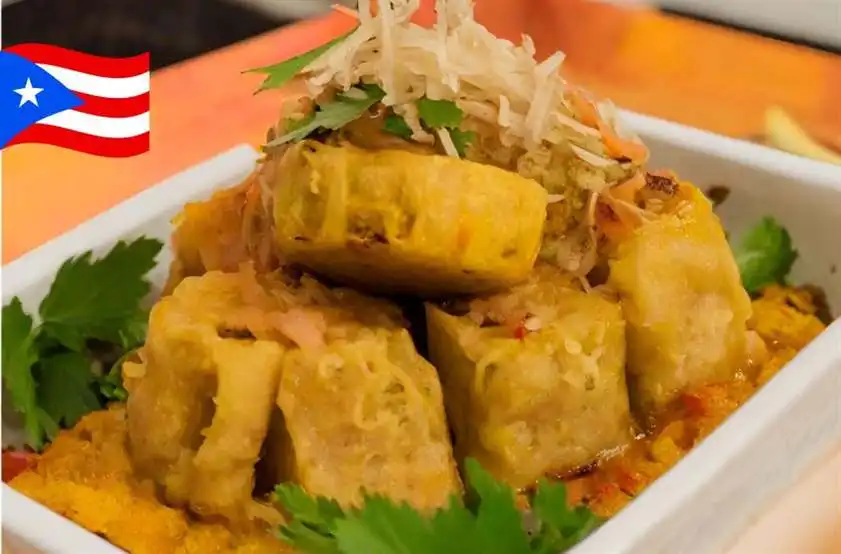

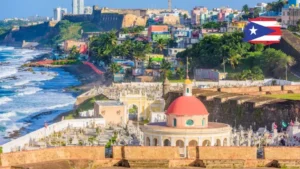


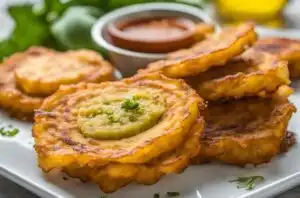
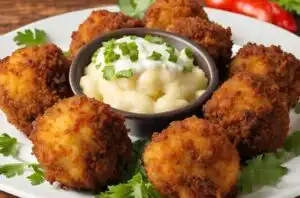
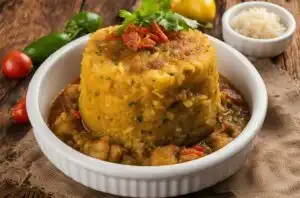
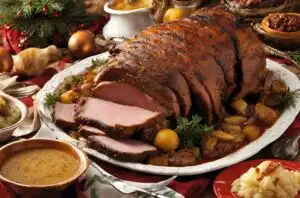
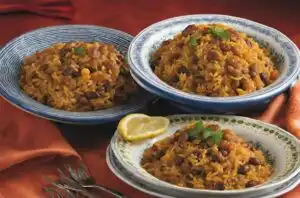


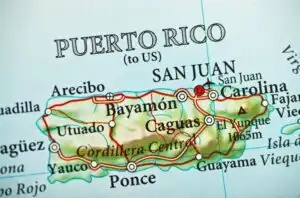
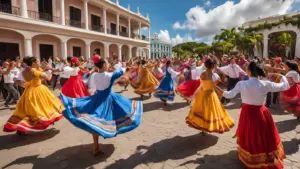
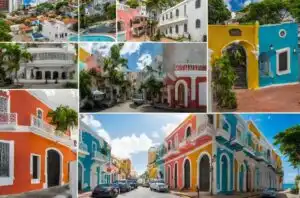

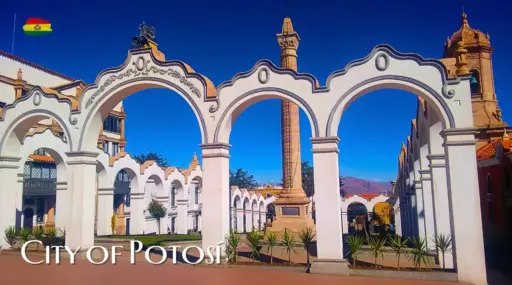









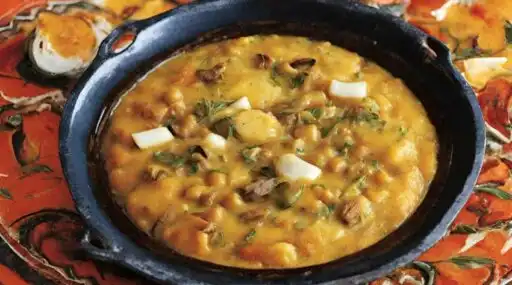





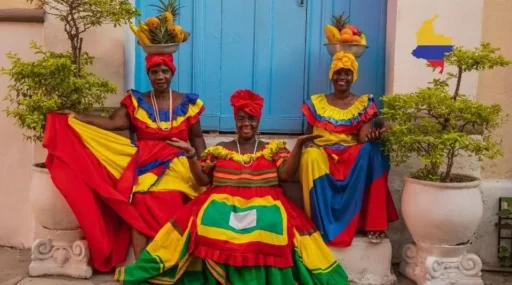

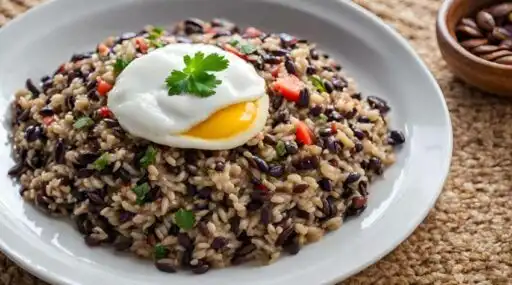

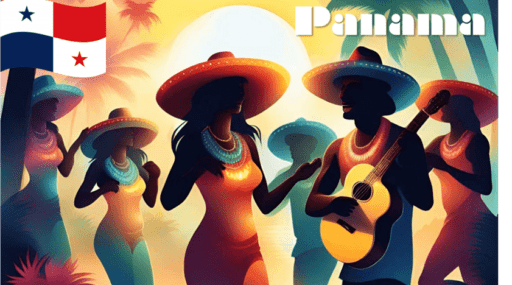


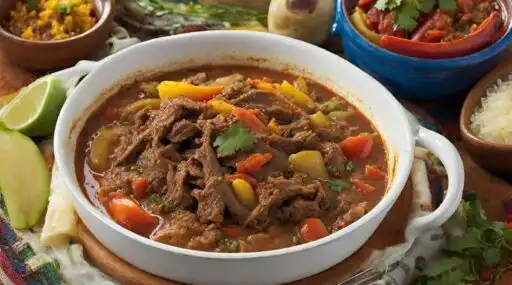





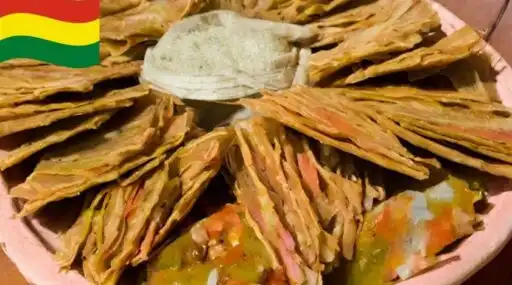
Leave a Reply